Document Type
Article
Publication Title
Infection & Immunity
Publisher
American Society for Microbiology
Publication Date
9-2010
Abstract/ Summary
Histoplasma capsulatum is the most common cause of fungal respiratory infections and can lead to progressive disseminated infections, particularly in immunocompromised patients. Infection occurs upon inhalation of the aerosolized spores, known as conidia. Once inside the host, conidia are phagocytosed by alveolar macrophages. The conidia subsequently germinate and produce a budding yeast-like form that colonizes host macrophages and can disseminate throughout host organs and tissues. Even though conidia are the predominant infectious particle for H. capsulatum and are the first cell type encountered by the host during infection, very little is known at a molecular level about conidia or about their interaction with cells of the host immune system. We examined the interaction between conidia and host cells in a murine bone-marrow-derived macrophage model of infection. We used whole-genome expression profiling and quantitative reverse transcription-PCR (qRT-PCR) to monitor the macrophage signaling pathways that are modulated during infection with conidia. Our analysis revealed that type I interferon (IFN)-responsive genes and the beta type I IFN (IFN-beta) were induced in macrophages during infection with H. capsulatum conidia but not H. capsulatum yeast cells. Further analysis revealed that the type I IFN signature induced in macrophages in response to conidia is independent of Toll-like receptor (TLR) signaling and the cytosolic RNA sensor MAVS but is dependent on the transcription factor interferon regulatory factor 3 (IRF3). Interestingly, H. capsulatum growth was restricted in mice lacking the type I IFN receptor, indicating that an intact host type I IFN response is required for full virulence of H. capsulatum in mice.

